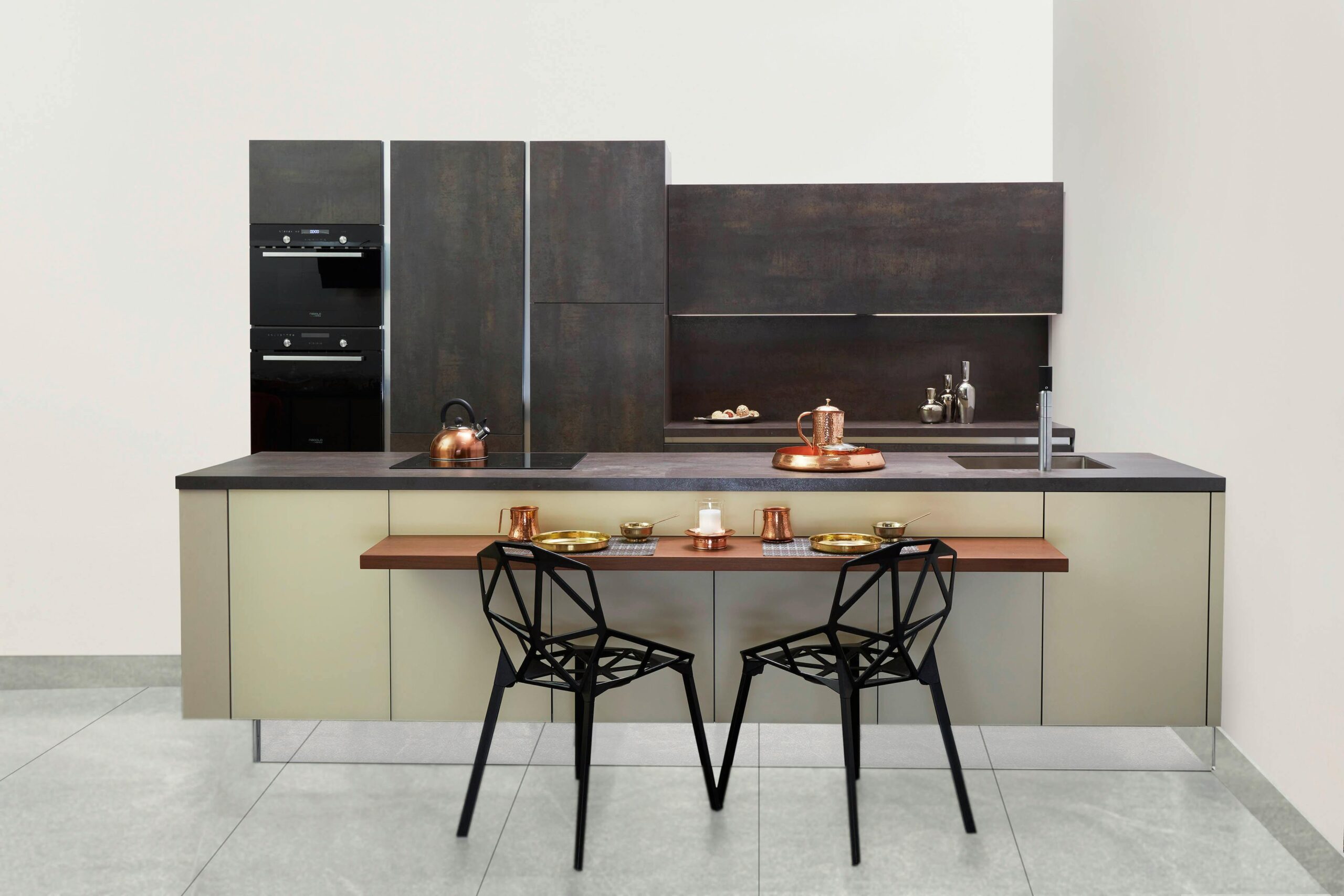When embarking on the journey of home ownership, one of the first decisions to make is the construction method of your future dwelling. The debate between modular homes and traditional stick-built construction has gained significant attention in recent years as homebuyers seek affordable, efficient, and quality housing options. This article compares these two construction methods across several key factors including cost efficiency, construction timeline, quality control measures, and customization possibilities to help potential homeowners make an informed decision about which approach best suits their needs.
Understanding the Basics: Modular vs. Stick-Built Construction
Modular homes are prefabricated structures built in sections (modules) in a factory setting before being transported to the building site for assembly. These factory-constructed components are built according to all applicable building codes and then assembled on a prepared foundation. In contrast, stick-built homes, the traditional method of home construction, involve building the entire structure on-site from individual materials (studs, joists, rafters, etc.), hence the term “stick-built.” Understanding this fundamental difference provides context for comparing these two construction approaches across various aspects.
Cost Comparison: Budget Considerations
The modular vs stick built homes cost comparison reveals interesting financial dynamics. Generally, modular homes can cost 10-20% less than comparable stick-built homes due to efficient factory production processes that minimize material waste and reduce labor costs. Factory settings also protect materials from weather-related damage and theft, common issues at traditional construction sites. However, the cost advantage can vary based on location, design complexity, and finishing choices. Transportation costs for modules and crane services for setting them on the foundation can add expenses unique to modular construction. Additionally, some lenders still view modular homes differently than stick-built, potentially affecting financing options, although this perception is gradually changing as prefabricated home options benefits become more widely recognized.
Construction Timeline: Speed of Completion
One of the most significant advantages of modular construction is the accelerated building timeline. Custom modular homes can be ready for occupancy in about half the time required for stick-built homes. While a traditional build might take six to twelve months, a modular home could be move-in ready in three to four months. This efficiency stems from parallel processes: site preparation occurs simultaneously with factory module construction, and factory assembly progresses regardless of weather conditions. For homeowners with tight schedules or those seeking to minimize interim housing costs, the time efficiency of modular construction presents a compelling advantage that experts at AskHomey often highlight when discussing housing options with prospective homeowners.
Quality Control: Consistency and Standards
Quality control represents another area where the modular vs stick built comparison yields notable differences. Modular construction takes place in controlled factory environments using precision equipment and standardized processes, often resulting in more consistent quality. Every module undergoes inspection before leaving the factory, and the construction occurs free from weather exposure that can compromise materials in stick-built scenarios. Additionally, modular structures must be built robustly to withstand transportation, which can result in stronger overall construction. Stick-built homes, however, benefit from continuous on-site supervision and the ability to make adjustments during construction. They also typically undergo multiple inspections at different building phases by local authorities, ensuring compliance with regional building codes.
Design and Customization Options
A common misconception about prefabricated home options is that they offer limited design flexibility. However, modern custom modular homes offer extensive customization possibilities that rival stick-built alternatives. While there are some constraints related to transportation dimensions and structural requirements, modular manufacturers now provide numerous floor plans and finishing options. Many allow for significant architectural input and customization of layouts, materials, and features. Stick-built homes traditionally offer maximum design flexibility since they’re built entirely on-site without transportation constraints. However, this gap has narrowed significantly as modular design capabilities have advanced, allowing homeowners to achieve distinctive, personalized homes regardless of construction method.
Resale Value and Long-term Considerations
Historically, modular homes sometimes faced resale challenges due to marketplace misconceptions about their quality and durability. Today, well-constructed modular homes generally maintain value comparably to stick-built homes of similar quality, design, and location. Both construction methods must meet local building codes, though regional perceptions may still influence certain markets. Looking long-term, modular homes often demonstrate excellent durability due to their robust construction requirements for transportation. As awareness of prefabricated home options benefits increases and eco-conscious buyers value their typically more efficient construction process, the distinction in resale values continues to diminish.
For more tips and to connect with reliable home service professionals, follow AskHomey on Facebook and Instagram.



